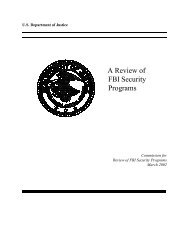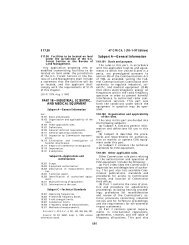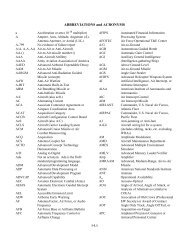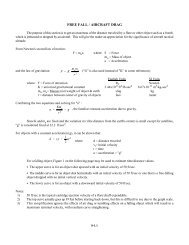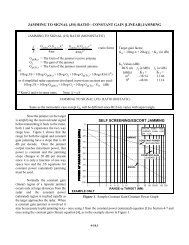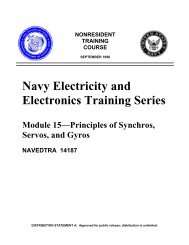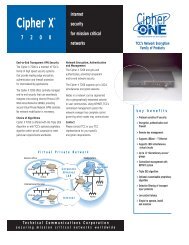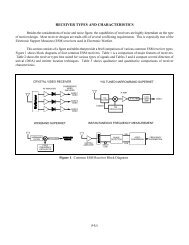profiset 30 manual.pdf
profiset 30 manual.pdf
profiset 30 manual.pdf
Create successful ePaper yourself
Turn your PDF publications into a flip-book with our unique Google optimized e-Paper software.
Programming the telephone settings<br />
Signalling method to control the ISDN services<br />
In most of the countries local network operators use the<br />
socalled “functional protocol” to control the following<br />
ISDN services:<br />
● 1 Call Forwarding Unconditional (CFU)<br />
● 2 Advice of Charge (AOC)<br />
● 3 Hold, Consultation/Toggling (HOLD)<br />
● 4 Three-party conference (3PTY)<br />
The default settings of your Profiset <strong>30</strong>isdn is preset to<br />
the functional protocol. If the above-mentioned ISDN<br />
services work correctly (➔ page 12, 22, 23, 34), you<br />
should keep on controlling these services via functional<br />
protocol.<br />
In some countries, however, keypad signalling is used to<br />
control the above ISDN services instead of the functional<br />
protocol. You will recognize that when it is possible to<br />
control the ISDN services by entering keypad sequences<br />
(e.g. *21#, *#21# a.s.o.).<br />
To find out which ISDN services are controlled by keypad<br />
signalling in your country, contact your local network operator.<br />
a<br />
S08<br />
T<br />
1 ... 4<br />
0 or 1<br />
S<br />
Handset is on-hook.<br />
Start the programming procedure.<br />
Enter the password if necessary.<br />
Enter the code (1 ... 4) for the ISDN service.<br />
Enter the code (0 or 1) for the signalling method.<br />
Save the settings.<br />
Note:<br />
if you change the national variant (➔ page 32),<br />
the signalling method for all ISDN services is set<br />
to functional protocol.<br />
33



